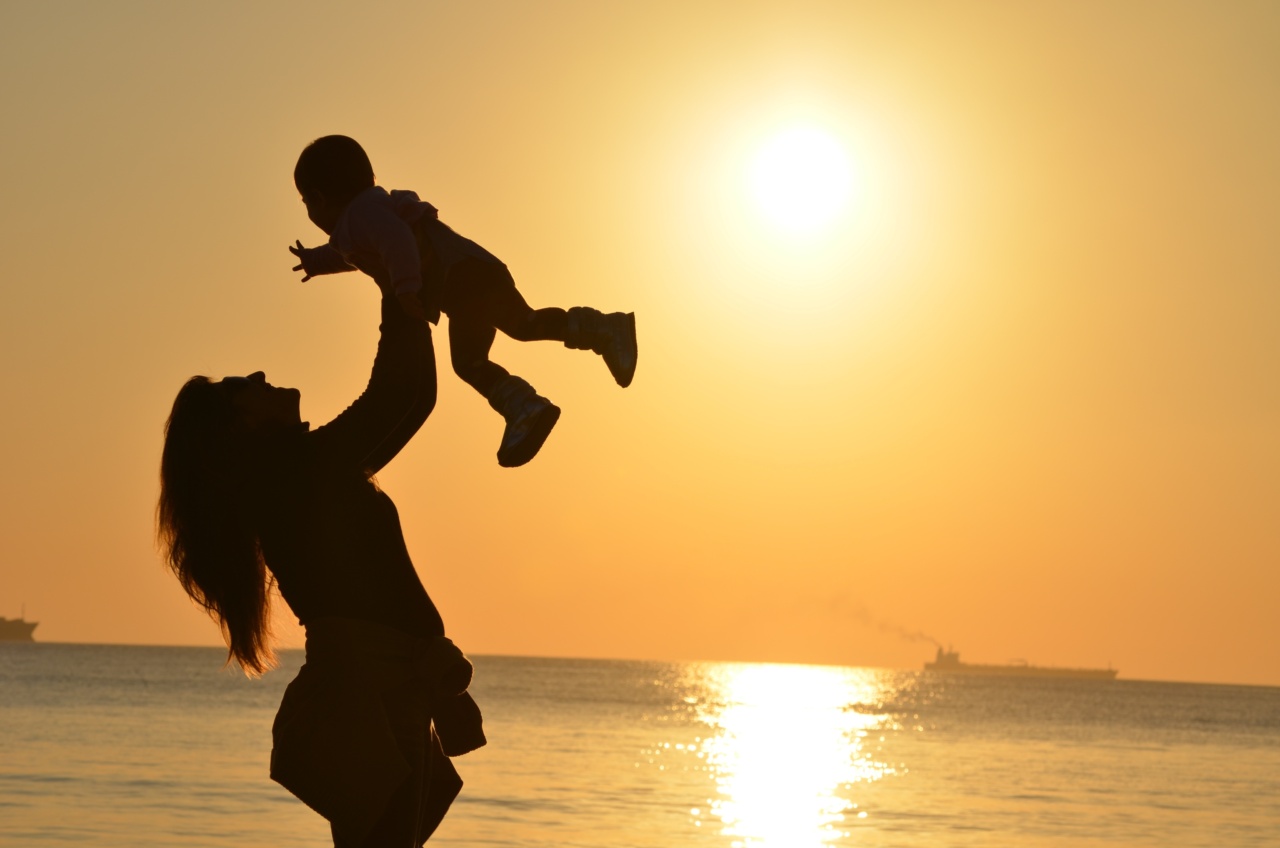The sun can be a blessing or a curse depending on how it’s treated. Unfortunately, for many children, overexposure to the sun can lead to unbearable and harmful consequences.
Sometimes, children get so engrossed in the fun that the summer sun brings, that they forget or ignore the dangers that come along. For some others, their caregivers may simply not know or take the necessary precautions to keep them safe. Whatever the reason may be, when a child is scorched by the sun, immediate action should be taken to reduce the damage or prevent it altogether.
What Happens When a Child is Scorched by the Sun?
Sunburn happens when prolonged exposure to the sun or artificial UVB rays damage the skin too much.
Children who are scorched by the sun can experience mild to severe symptoms, depending on the intensity of the sun’s rays and the condition of the child’s skin. Some of the symptoms of sunburn in children include:.
- Redness, blistering, and peeling
- Swelling and tenderness
- Painful or itchy skin
- Fever
- Dehydration
Immediate Measures to Take When a Child is Scorched by the Sun
When a child is scorched by the sun, quick action is required to ease the pain and reduce further damage to the skin. Here are some of the immediate measures that should be taken when a child is scorched by the sun:.
- Move the child indoors to avoid further exposure to the sun.
- Remove any tight or constricting clothing to allow air to circulate around the affected area.
- Cool the skin with a damp towel or sponge. Alternatively, you can immerse the child in cold water or a cool bath for a few minutes.
- Apply aloe vera gel or ointment to the affected area to soothe and moisturize the skin.
- Offer plenty of cool fluids to prevent dehydration and promote healing from within.
Long-Term Strategies for Preventing Sunburn in Children
Prevention is always better than cure when it comes to sunburn in children. The following are some of the long-term strategies that can help prevent sunburn in children:.
- Apply sunscreen with an SPF of 30 or up on your child’s skin anytime they will be spending time outdoors.
- Dress your child in sun-protective clothing, such as long-sleeved shirts, wide-brimmed hats, and sunglasses.
- Avoid sun exposure during peak hours of 10 am to 4 pm, when the sun’s rays are the strongest.
- Stay hydrated by offering plenty of fluids throughout the day, especially during hot weather or sports activities.
- Teach your child to avoid tanning beds, as they can cause serious skin damage.
Seeking Medical Attention for Severe Sunburn in Children
Although most cases of sunburn can be treated at home, severe cases may require medical attention. If your child is experiencing the following symptoms, it’s best to take them to a medical professional:.
- Severe blistering and pain
- High fever and chills
- Change in skin color or texture
- Skin infection
- Dizziness or confusion
- Signs of dehydration, such as dry mouth, fatigue, and reduced urine output
Conclusion
In conclusion, the sun can be dangerous when proper precautions are not taken, especially for children who have sensitive skin. When a child is scorched by the sun, it’s essential to take quick action to prevent further damage and lessen pain.
Long-term strategies, such as sunscreen application, adequate clothing, and hydration, can be beneficial in preventing sunburn in children. If your child experiences severe sunburn symptoms, seeking medical attention is crucial for a speedy recovery.





























